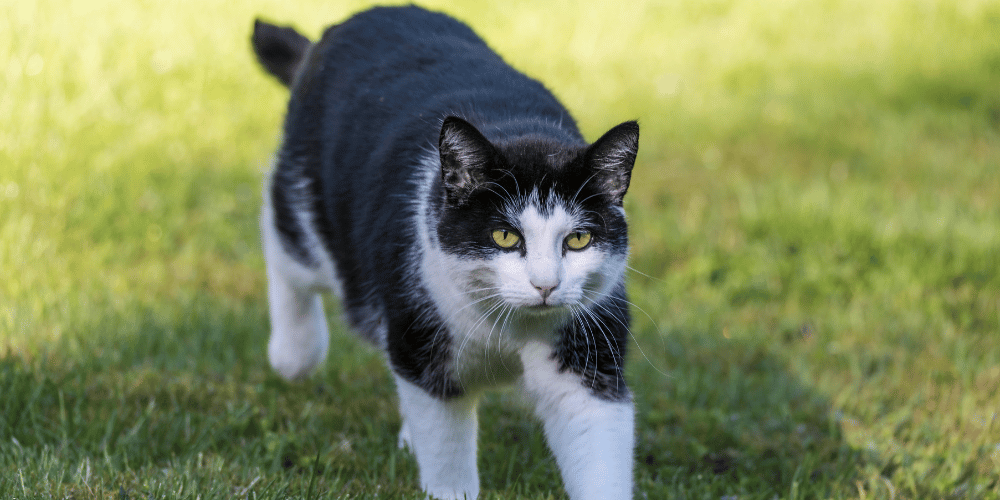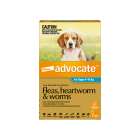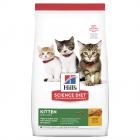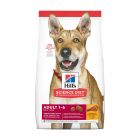
One of the first things I notice as an indicator of health in the pets I see is the quality of their coat.
Over my 30 years as a vet I have consistently seen that pets with strong, healthy and shiny coats are equally internally strong and healthy.
So what does it mean if your pet’s coat is looking dull and lifeless? And how can you help them enjoy better ‘hair days’ as well as better all-round health?
Concentrate on these five areas, and you can expect to see a difference in as little as three weeks.
Nutrition
Like most vets, when I see a patient with a dull or drab coat my first thought is “poor nutrition.”
‘You are what you eat’ … and in our pet’s case, we are making those choices for them. The days of feeding our four-legged companions a second class diet are surely behind us, with so many good options in premium and super-premium foods.
Start with an entry level premium food recommended by your vet that is breed and age appropriate. If you find that your pet has special needs you may need to adjust the diet carefully in consultation with your vet.
Supplements
Supplementing your pet’s diet to support their skin and coat health can be very effective, but don’t make the mistake of using human products on your pets.
There is now a wide range of Omega oil supplements registered for use in dogs and cats. You can use them with confidence knowing that the ingredients, formulation and dose rate have all been tested to ensure your pets safety and a great coat to go with it.
Grooming
Regular brushing stimulates the skin and hair follicles, which increases the natural production of skin oils which make the coat shiny. Brush your dog at least a couple of times a week and try a Slicker Brush to really stimulate the skin and remove dead or matted hair.
Make brushing a bonding time for both of you and enjoy the benefits of a pet who is both happy and looking great.
Bath time
Frequency of bathing will depend on the length of the coat, and how dirty he or she gets. Bathing once a month is a good general guideline—often enough to keep the coat clean, but not so often that you’re stripping the coat of essential oils. Use a moisturizing shampoo that won’t irritate skin. Consider adding a pet conditioner afterwards—those that contain vitamin E are soothing to the skin and hair.
Parasite Control
Many medical conditions can also affect a dog’s appearance, so a dull coat may be a good reason for a veterinary checkup. Parasites like tapeworms, hookworms, and roundworms can all deplete your dog of the key nutrients important for coat health. Infections, fleas and ticks, thyroid problems, kidney conditions, and other health issues can impact skin and hair quality, so speak with your vet if you notice any change in your pet’s coat.
Your pet’s skin and hair are perhaps the clearest indicator of their overall health, so focus on these areas to help them be their best, and speak with your vet if you have any concerns.
Happy hair days & happy pet days!
Dr Mike


